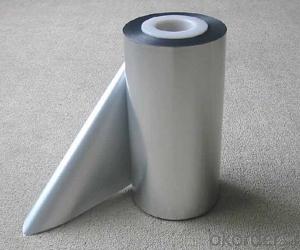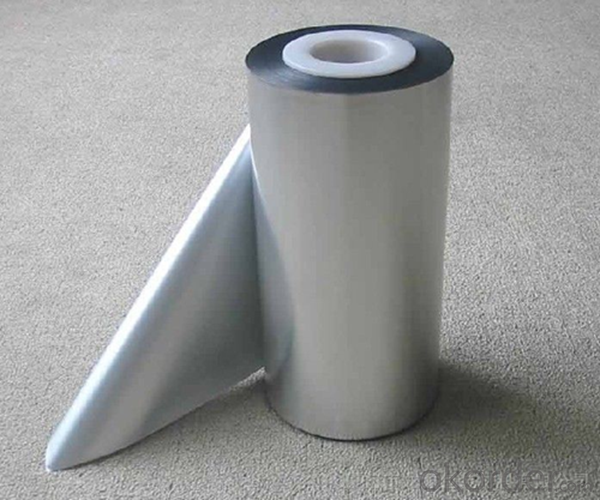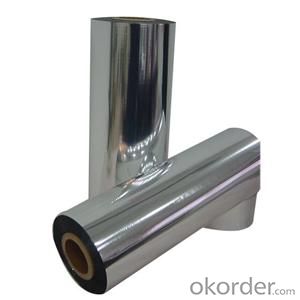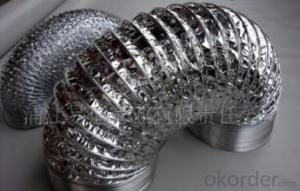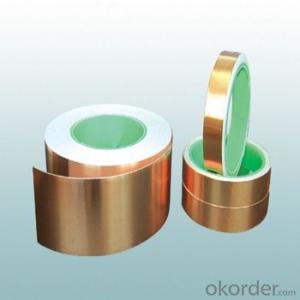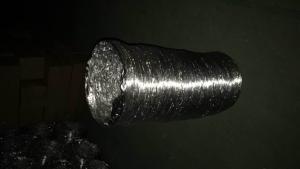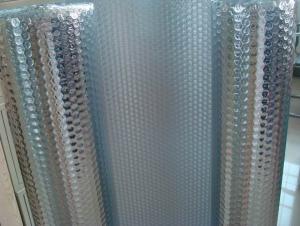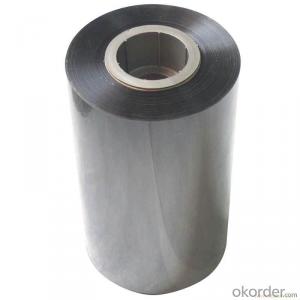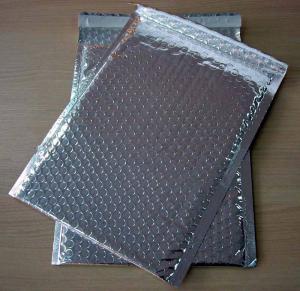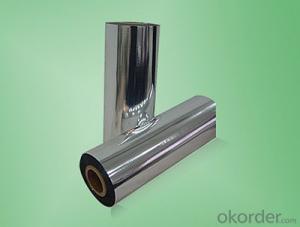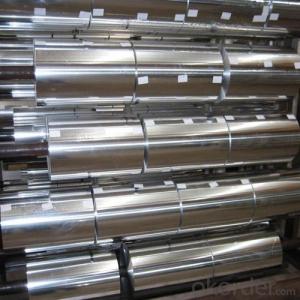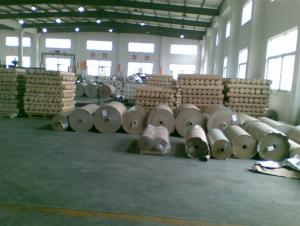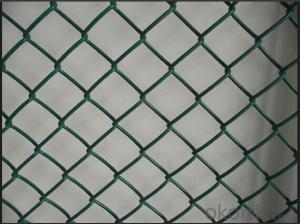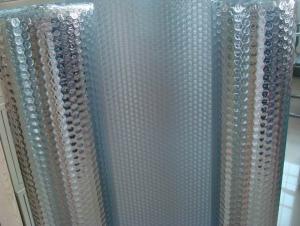Aluminum Foil Facing MPET with LDPE, Laminate MPET, Laminate Foil
- Loading Port:
- Shanghai
- Payment Terms:
- TT OR LC
- Min Order Qty:
- 5000 m²
- Supply Capability:
- 1000000 m²/month
OKorder Service Pledge
OKorder Financial Service
You Might Also Like
Specification
Introduction of Aluminum Foil Facing
Aluminum Foil Facing is a kind of film, which is made of by the aluminum foil, fiberglass scrim and Kraft paper. Someone is made of by aluminum and PE woven fabric cloth.
Application of Aluminum Foil Facing
Our aluminum foil facing are mainly used as facing for glass wool insulation, rockwool, mineral wool etc. Also aluminum foil facing is used under roof decking, under attic rafters, over existing attic thermal insulation, in floors, walls and crawl spaces, and in industrial and commercial buildings to block radiant heat coming into house through the roof during the summer and retain indoor heat generated during in winter
Advantage of Aluminum Foil Facing
• Small inertia resistance
• Strong heat dissipation ability
• Good visual effect
• High reflective insulation
• Heat resistant, water proof, stable at high temperature;
• environmentally friendly, no smell and not-toxic;
• Smooth and clear surface;
Packing of Aluminum Foil Facing
1. Waterproof paper then PVC shrinking Film
2. Kraft paper only
3. Woven cloth
4. Kraft paper or Water Proof Film then Metal/wooden pallet
5. (Also as your request. )
Product Data Sheet
PROPERTIES | UNIT | VALUE | TEST METHOD |
Basic weight | gsm | 33.5 | ASTM D646 |
Thickness | mic | 23.2 | ASTM D646 |
Tensile strength: M. D. X. D. | N/15mm | 13.5 13.5 | ASTM D882 |
Delaminating Values | N/15mm | 1.5 | ASTM D904 |
Reflectivity of foil surface | % | 95 | ---------- |
Temp. Resistance | -40°C 130°C | No Delamination No Delamination | ASTM C1263 |
Water vapor permanence | ng/N.s | 1.15 | ASTM E-96 |
Product Picture
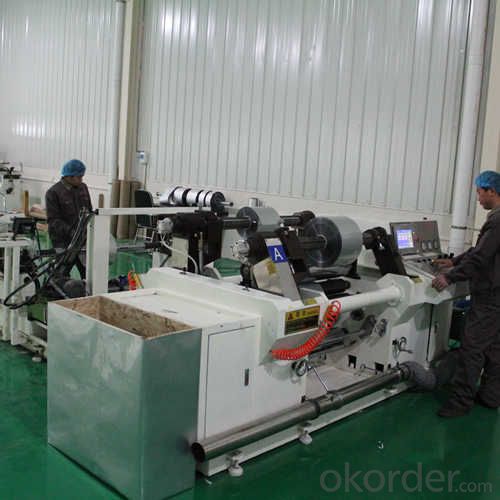
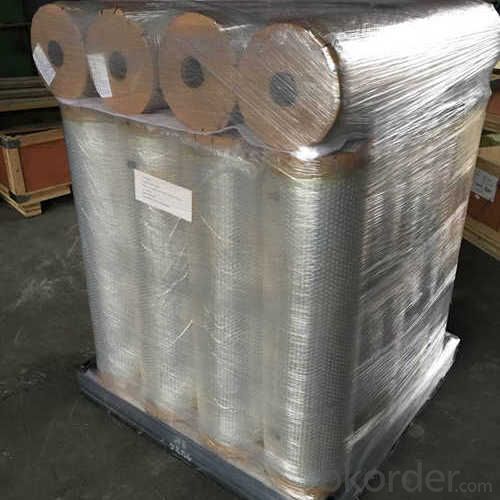
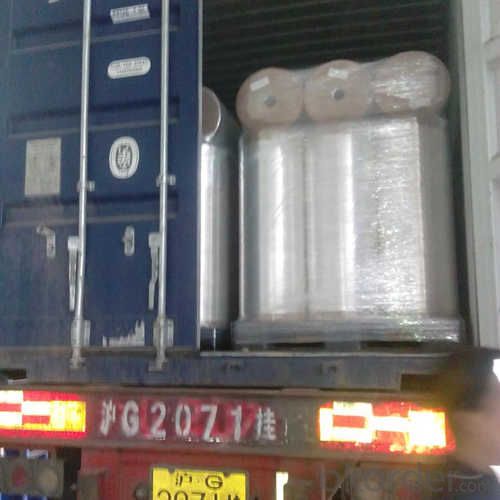
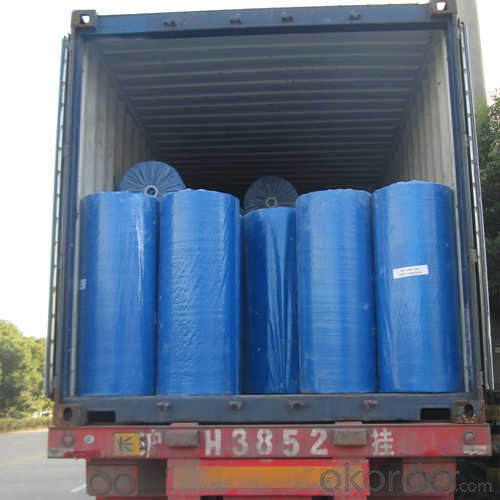
FAQ
1. What is the product keeping conditions?
The Aluminum Foil Facing should be stored at room temperature and kept from wet and heat source.
2. What is the guarantee years of the products?
We have established the international advanced quality management system,every link from raw material to final product we have strict quality test;We resolutely put an end to unqualified products flowing into the market. At the same time, we will provide necessary follow-up service assurance.
3. What is the delivery time of the order?
In the purchase of product within four working days, we will arrange the factory delivery as soon as possible. The specific time of receiving is related to the state and position of customers. Commonly 7 to 10 working days can be served.
- Q: Is it safe to use aluminum foil as a wrapping material for food to be fried?
- <p>Yes, you can use aluminum foil to wrap food and fry it. Aluminum foil is heat resistant and can withstand high temperatures, making it suitable for frying. However, it's important to ensure that the foil is securely wrapped around the food to prevent any oil from seeping in and to avoid any foil from breaking off into the oil, which could be a fire hazard. Always follow safety guidelines when deep frying with aluminum foil to prevent accidents.</p>
- Q: What are the recommended cleaning products for aluminum foil facing after use?
- <p>For cleaning aluminum foil facing after use, it's best to use gentle, non-abrasive cleaning products. Mild dish soap and warm water are usually sufficient for most cleaning needs. Avoid using harsh chemicals or abrasive scrubbers, as they can damage the aluminum surface. If there are stubborn stains, a mixture of baking soda and water can be used as a gentle abrasive. Always rinse thoroughly and dry the surface to prevent any residue or potential damage.</p>
- Q: Is it possible to use aluminum foil with a reflective side to cover leftover food?
- <p>Yes, aluminum foil facing can be used to wrap leftovers. The reflective side of aluminum foil is often used for its heat-reflective properties in cooking, but it is also suitable for wrapping and storing leftovers. It provides a barrier to air, helping to keep food fresh and preventing freezer burn if used in the freezer. However, it's important to ensure that the foil is tightly sealed around the food to maintain its freshness and prevent contamination.</p>
- Q: Can an old aluminum foil facing be repurposed as a pizza stone for baking pizza crusts?
- <p>While it might be tempting to use an old aluminum foil facing as a pizza stone, it's not recommended. A proper pizza stone is made of materials like cordierite or ceramic, which can retain heat well and provide an even cooking surface. Aluminum foil conducts heat quickly and unevenly, which can lead to an unevenly baked crust and may even cause the foil to warp or melt. Instead, invest in a real pizza stone for the best results in baking pizza crusts.</p>
- Q: Is it possible to use aluminum foil as a surface for cooking pancakes?
- <p>While it's technically possible to cook a pancake on aluminum foil, it's not recommended. Aluminum foil is not designed for direct food contact at high temperatures, as it can potentially transfer aluminum to the food, which may be harmful. Additionally, the foil may not distribute heat evenly, leading to uneven cooking. Instead, use a non-stick pan or a griddle specifically designed for cooking pancakes to ensure even heat distribution and safe food preparation.</p>
- Q: Is it possible to use aluminum foil as a cooking utensil for stir-frying or sauteing food?
- <p>While aluminum foil can be used in some cooking applications, it is not recommended for stir-frying or sauteing due to its low melting point and potential for tearing. Aluminum foil can melt at high temperatures, which are often used in stir-frying and sauteing, leading to a fire hazard or uneven cooking. Additionally, the foil may tear or puncture easily, releasing aluminum particles into the food, which is not safe. Instead, use proper cookware like non-stick pans or stainless steel for these cooking methods.</p>
- Q: This question asks for the most effective methods to utilize aluminum foil when preparing food for freezing or frying, specifically focusing on the aluminum foil facing.
- <p>Aluminum foil facing is best used for preparing food for freezing or frying by ensuring even heat distribution and maintaining food's moisture. For freezing, line your baking sheet with aluminum foil facing down to prevent sticking and make removal easier. When freezing individual portions, wrap them tightly in foil to protect their shape. For frying, use foil to create a barrier between the food and direct heat, which can help in even cooking. Always make sure the foil is shiny side out for better heat reflection and椋熷搧瀹夊叏. Remember to avoid overheating as aluminum foil can melt at high temperatures.</p>
- Q: Is there a concern that aluminum from aluminum foil can seep into food during cooking or storage?
- <p>There is minimal risk of aluminum leaching from aluminum foil into food. Aluminum foil is generally safe for cooking and food storage when used properly. The risk increases with acidic or alkaline foods and high temperatures, but under normal cooking conditions, the amount of aluminum that could leach is negligible. However, it's best to avoid wrapping food in aluminum foil for long periods or at very high temperatures to minimize any potential exposure.</p>
- Q: Is it possible to use aluminum foil facing as a substitute for a roasting pan?
- <p>While aluminum foil facing can be used in some baking situations, it is not recommended to use it as a direct substitute for a roasting pan. Aluminum foil is not designed to withstand the high temperatures of a roasting process and can melt or warp, leading to uneven cooking and potential safety hazards. A proper roasting pan is made to handle high heat and distribute it evenly, ensuring that your food cooks properly. For best results and safety, use a designated roasting pan or a baking sheet with a higher heat tolerance.</p>
- Q: Describe the most effective method for cleaning aluminum foil facing surfaces after they have been used.
- <p>The best way to clean aluminum foil facing after use is to gently wipe it with a soft, damp cloth to remove any residue or food particles. Avoid using abrasive materials or harsh chemicals, as they can scratch the surface. If there is stubborn residue, a mild dish soap can be used with warm water. After cleaning, dry the surface thoroughly to prevent water spots and potential damage. Regular cleaning helps maintain the appearance and functionality of the aluminum foil facing.</p>
Send your message to us
Aluminum Foil Facing MPET with LDPE, Laminate MPET, Laminate Foil
- Loading Port:
- Shanghai
- Payment Terms:
- TT OR LC
- Min Order Qty:
- 5000 m²
- Supply Capability:
- 1000000 m²/month
OKorder Service Pledge
OKorder Financial Service
Similar products
Hot products
Hot Searches
Related keywords
